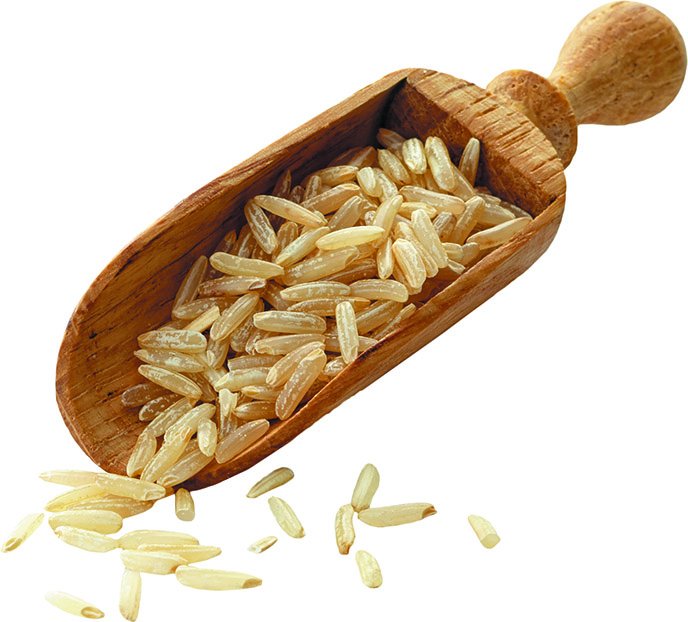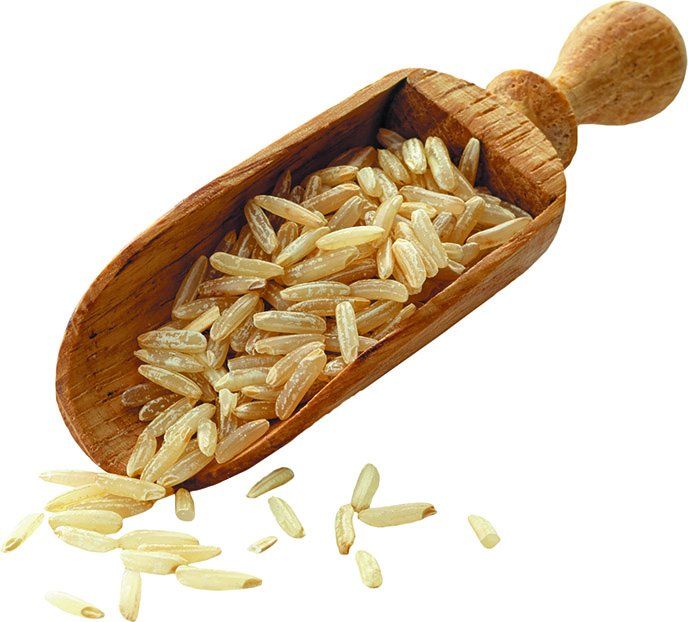Image © Thinkstock

Nicola McKeown, PhD, associate professor and director of the Friedman School’s Nutritional Epidemiology Program, replies:
“In the US, we are fortunate to have supermarket shelves stocked with a wide variety of products, and this is certainly true with rice. Different varieties of rice contain different types and ratios of starches (amylose and amylopectin), which influence the rate at which they are digested—the higher the proportion of amylose starch, the slower the rate of digestion, and the lower the glycemic index. The glycemic index (GI) is a physiological ranking, 0 to 100, used to reflect how a carbohydrate-containing food causes an increase in blood sugar (glucose) levels. Rice varieties that are longer grain that have a higher amylose content (19-23%) tend to have lower GI values than shorter-grain rices, which have a lower amylose content (12-19%). As such, the GI of the rice can range from as low as 43 to as high as 96.
“The form of rice also influences the GI; for instance, brown rice and parboiled white rice fall into the category of medium-GI (GI 56-69) foods. Interestingly, cooking methods can also influence the GI of rice. For instance, if white rice is boiled and then refrigerated to be used, for example, in a rice salad, changes occur in the digestibility of the starch, and the GI of the rice is lowered and falls into the category of a low-GI food.
“Because rice is rarely consumed on its own and is accompanied with other foods, this too can influence the overall GI of the mixed meal. Therefore, as you can see, determining which rice is best to eat and has the lowest GI is a complex question!
“As general advice, choose a parboiled rice or long grain brown rice over short-grain white rice, and remember that cooling rice or adding legumes to rice lowers the GI. Suitable grain substitutes that fall into the low-GI food category (under 55) include wild rice, pearl barley and quinoa; these may accompany your main dish very well in place of white rice.”

























What about Jasmine Rice, Basmati, and wild Rice?
Jasmine rice has a GI of about 68 (relatively high). Basmati, red, brown and wild rice have GI ratings of near 50.
A table of different types of rice with their glycemic index should accompany this article
They do not have the answer
It is more complicated than this simple explanation